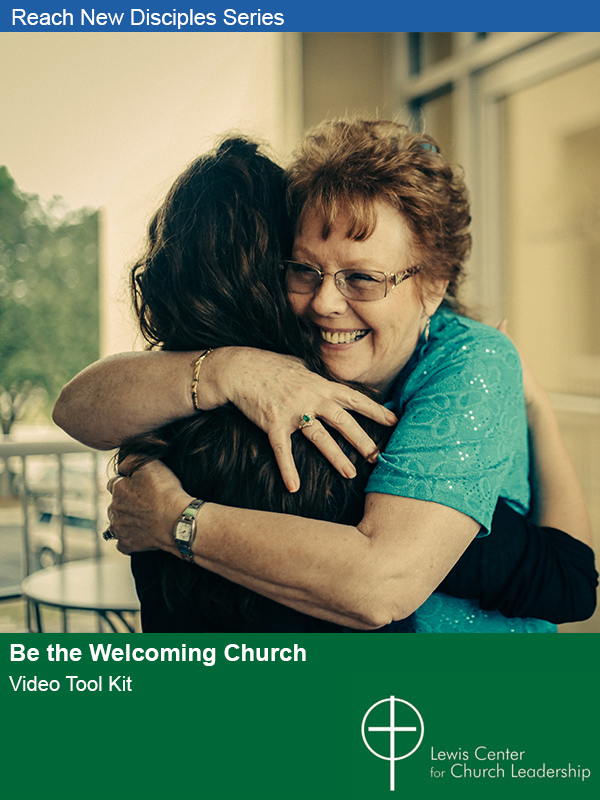Richard Hunter describes a church growth strategy that involves a strong parent church launching satellite congregations that share the parent church’s basic DNA in its response to a strong sense of God’s call.
In August 1999, Hillside United Methodist Church had come to a critical juncture. Located in the rapidly expanding suburbs northwest of Atlanta, we had outgrown even our newly expanded facility. A vision committee debated the purchase of additional space or relocation; but there was little joy or consensus of purpose with these proposals. There was, instead, a sense that the Lord wanted us to do something unique and “out of the box.”
After considering the possibilities of sponsoring an existing church or working with our district to start a new church, the chair of our visioning team boldly pronounced, “We need to start a church right out of Hillside!” The whole meeting turned on a dime and a new vision emerged. We would maintain a strong, growing mother church that sends out a large core of members every two years to start new churches.
The biblical mantra “No Fear” became our motto as the congregation unanimously approved this new vision. Instead of focusing on our land and space limitations, fear of the unknown, and resistance to change, we embraced a dynamic and visionary sense of God’s call. We saw this plan as a creative and faithful way to fulfill our purpose of making disciples without having to relocate or face zoning battles to build on our crowded site. We also saw it as a way to promote church development in our denomination and practice cooperation in starting churches.
Since then, Hillside UMC has come to see birthing churches as our primary identity and mission. In 2002, Liberty Hill UMC was born and the launch of a second daughter, City on a Hill UMC, is planned for August 2006. We have set an ambitious goal of birthing five churches in ten years and twelve in twenty-five years. And we see ourselves becoming a teaching church for the model of birthing churches from within existing, healthy churches.
Shared DNA
From the beginning of this process, Hillside has wanted to have daughter churches that are not clones, but churches that reflect our DNA. The purpose and mission of our daughter churches will be compatible and complementary with Hillside’s purpose and mission. The daughter churches derive their own values and vision from the core values of Hillside; however, they are encouraged and expected to be unique places of ministry with their own individual visions and footprints in the community. As a symbolic reminder of our shared identity, each church that Hillside births will have “hill” in some part of its name.
Selecting and Coaching a Founding Pastor
The key bridge between the mother and daughter church is a “founding pastor” who is selected to lead the new congregation and prepares by serving first as part of the staff team in the mother church. While serving at the mother church, the mission pastor gains experience in leading a dynamic, healthy congregation and gains credibility in the mother church. Our bishop supported this arrangement, and we outlined an agreement whereby, I, as the senior pastor of the mother church, would help select, supervise, and coach each new church’s pastor.
Sending Missionaries
Most senior pastors would not be excited to see several hundred people walk out the door to start another church. Yet this is exactly how Liberty Hill was born. We empowered our new mission pastor to “fish” within the congregation – to share the vision of the daughter church and recruit lay persons to go as missionaries to start the new congregation. This missionary group included three of our top ten giving households and 31 of our top 100 giving households. Yet by God’s grace, the year leading up to the charter of the daughter church was our best financial year ever. The following the charter, we had a net gain of 27 members, even after transferring 141 adults to Liberty Hill.
A Different Approach to Congregational Development
Most new churches are started as “parachute drops.” A denomination or sponsoring church sends a mission pastor into a community where there is population growth or a large unchurched population. Then, the pastor is expected to find a core group, locate a meeting space, assemble resources, and build credibility in an area where he or she is an outsider. This model has some success stories; but often the mission pastor is overwhelmed and alone. And the tragedy is that many church starts fail in the first ten years.
On the other hand, virtually all mission churches succeed when the church planter is nurtured by a strong parent church. The model of birthing new churches from healthy, visionary mother churches has a number of advantages. It builds on the wisdom of experienced pastors. It capitalizes on the mother church’s reputation. It allows the new church to begin with a strong core of committed laity. It supports the daughter church with financial, staff, and programmatic resources, as well as a legacy of healthy operating systems.
The vision of birthing churches requires 100% commitment from the senior pastor of the mother church. In my denominational structure, the bishop, district superintendent, and office of congregational development must be proponents of the system. And in the congregation, staff and members must be willing to let people go and send them forth with their blessings, prayers, and best wishes. The size of the church is not the issue, it is the vision. Small, medium, and large-sized churches can birth new churches.
Not every church is called to the birthing process. God can multiply the kingdom through you and your church in many ways. But my experience has convinced me that churches birthing churches is an effective, biblically grounded way of reaching people we are not currently reaching.
Related Resources
- Community Outreach Essential to Launch New Worship Site Junius B. Dotson
- Being One Church in Many Locations Dottie Yunger
- Adopting a Missionary Mindset Douglas Ruffle







